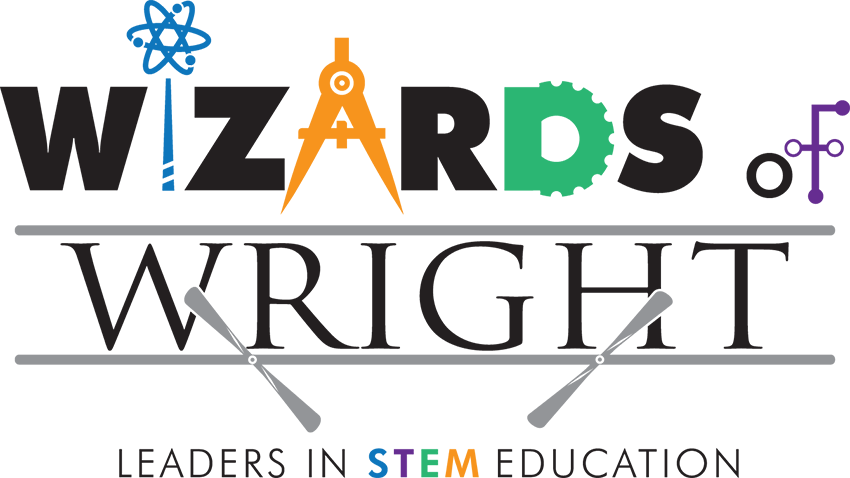
This lesson gives students the opportunity to complete more Little Bits challenges on their own. If you choose to schedule all 3 of our Little Bits lessons, it is recommended that this be the third lesson.
Students will briefly review electricity, currents, circuits and what they already know about Little Bits. (Most appropriate for grade levels 4-8. High School students would benefit as well.)
Lesson Time: 45-60 minutes
Student Activities: All activities are additional build challenges that extend upon the concepts in Little Bits 1. Groups will receive a mini-challenge card which specifies at least one Bit that must be used to build a circuit. The rest of the design is up to them. Once the challenge is completed, and they have explained the circuit they built, the Bits they used, how it works, and what it can be used for, they can trade for another challenge card.
There are Invention Challenges in the booklet that comes with the kits that will be sent out. These take longer than the Mini-Challenges, which is why I don’t work them into an activity. However, if students are interested in completing one instead of the mini-challenges, they are welcome to do that instead with teacher approval.
Group work: Students will work in groups of 3 or 4 (a total of 6 groups is best). In order to save time, teachers are asked to create the groups before Wizard arrives.
Science Standards:
3.PS.3: Heat, electrical energy, light, sound and magnetic energy are forms of energy.
4.PS.2: Energy can be transferred from one location to another or can be transformed from one form to another. Electric circuits require a complete loop of conducting materials through which electrical energy can be transferred. Electrical energy in circuits can be transformed to other forms of energy, including light, heat, sound and motion.
6.PS.3: Energy can be transferred from one location to another or can be transformed from one form to another. Electric circuits require a complete loop of conducting materials through which electrical energy can be transferred. Electrical energy in circuits can be transformed to other forms of energy, including light, heat, sound and motion.
4.PS.2: There are two categories of energy: kinetic and potential.
7.PS.4: Energy can be transferred through a variety of ways.
Technology Standards: Strand: Design and Technology
Topic 3: Demonstrate that solutions to complex problems require collaboration, interdisciplinary understanding, and systems thinking.
Topic 4: Evaluate designs using functional, aesthetic and creative elements.
Critical Technology Connections:
Microelectronics: This Little Bits lesson aligns with microelectronics by introducing students to basic circuits, inputs/outputs, and systems thinking through hands-on activities. While simplified, it provides a foundational understanding of how electronic systems work and encourages interest in this field.